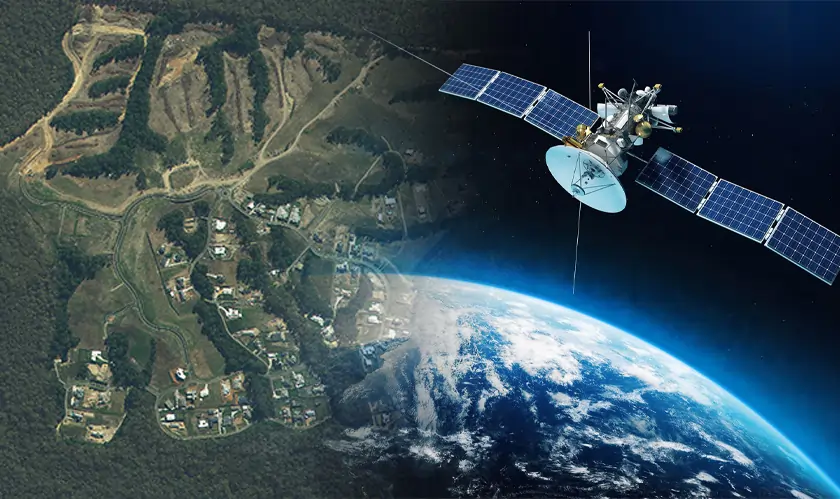Home Industry Space The Importance of Satellite Im...
Space

CIO Bulletin
18 November, 2024
Urban planning plays a crucial role in shaping cities as urban areas expand. As the demand for effective spatial planning tools increases, satellite image providers are instrumental in offering resources for decision-making by providing detailed images that are essential for planners. This visual data empowers planners to design cities that are sustainable, resilient, and enjoyable to live in.
Satellite images consist of pictures taken by satellites orbiting the Earth, showing views of the Earth's surface and revealing information about how the land is used, as well as changes in the environment and infrastructure over time. With high-quality images captured by satellite image providers, planners can evaluate the current state of things and forecast future changes with great precision.
Satellite image companies provide valuable information for city planning initiatives by offering access to top-notch images that help planners visualize areas efficiently and spot significant patterns, such as population concentration and land utilization—both of which are essential for effective planning efforts. Furthermore, satellite images support real-time surveillance of spaces, allowing planners to tackle emerging challenges promptly.
Using data extracted from satellite images improves the decision-making process for planners, allowing them to thoroughly evaluate diverse aspects such as terrain features, vegetation, and infrastructure conditions. This extensive data plays a crucial role in formulating long-lasting urban development strategies. For example, these images are useful in identifying flood-prone zones, which can guide planning for managing floods. Similarly, these images help pinpoint green areas, supporting ecological preservation efforts.
The foundation of any city lies in its infrastructure growth, which is vital for the development and progress of areas. Satellite imagery provides valuable information about current infrastructure, helping planners with the planning of future initiatives. Studying transportation systems allows planners to enhance routes, minimize traffic, and improve connectivity. Additionally, these visuals assist in pinpointing areas lacking necessary amenities, enabling focused development projects for communities in need.
As cities grow larger and spread further into surrounding areas, the importance of protecting the environment increases. Satellite images are powerful tools for city planners to identify ecologically important areas that should be preserved in their natural state. By monitoring how land is used and changed over time, planners can create plans that reduce the negative effects of urbanization on the environment. Taking this approach helps maintain a balance between progress and environmental preservation.
The use of satellite images is crucial for managing disasters, as they provide up-to-date information for authorities to respond effectively to calamities. Urban planners can evaluate the level of destruction and pinpoint impacted regions to streamline relief efforts. In addition to this immediate impact assessment capability, satellite images also play a role in forecasting future disasters, enabling proactive strategies to minimize risks.
Despite their many advantages, satellite images face challenges. Factors such as cloud cover and atmospheric conditions can impact their quality and restrict their usefulness in certain areas of application. Furthermore, the high costs associated with obtaining satellite images could impose limitations on organizations involved in planning. However, ongoing technological advancements continue to improve image clarity and reduce costs, ultimately enhancing the availability of satellite imagery.
The outlook for urban planning looks promising, thanks to advancements in satellite technology. The ways in which satellite images are analyzed are advancing with the help of new technologies, such as machine learning and artificial intelligence. These innovations allow for swift, automated data analysis, providing planners with useful insights. As technology continues to progress, satellite images will play an even bigger role in urban planning, ensuring that cities develop sustainably and efficiently.
Satellite imaging companies are vital for urban planning efforts, providing precise and comprehensive images that enable planners to make well-informed decisions, ultimately improving the quality and sustainability of urban areas. Although there are obstacles to overcome, the advantages of using satellite imagery far outweigh the drawbacks. With ongoing progress, the significance of these companies in urban planning will only increase over time. Satellite images serve as key allies in shaping the future development of cities.







